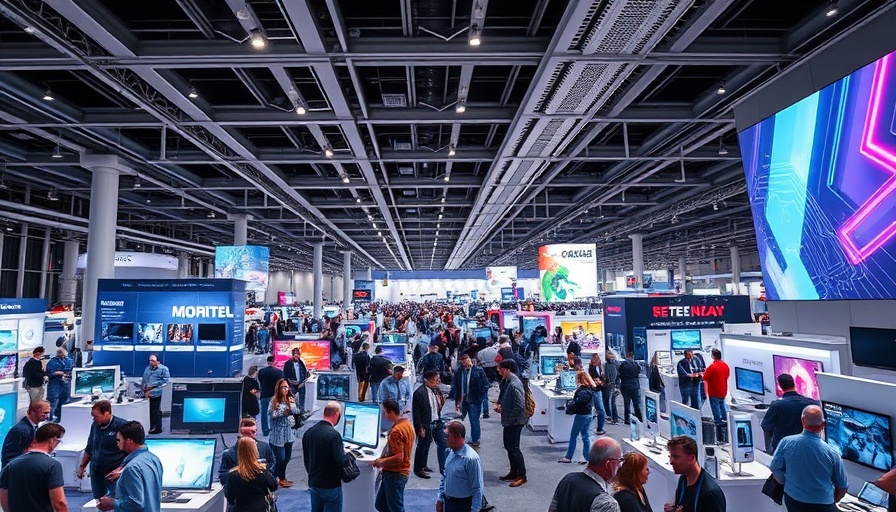
A New Era for DevOps: The Generative AI Revolution
As technology evolves at lightning speed, organizations are continually seeking ways to enhance their workflows and improve efficiency. In the latest move towards that goal, GitLab has partnered with Amazon Web Services (AWS) to integrate generative AI into their platforms. This collaboration promises significant advancements in the realms of DevOps, Agile DevOps, and DevSecOps, providing tools that will allow developers to not only streamline processes but also innovate in ways previously unimagined.
Understanding the Promise of Generative AI
Generative AI refers to algorithms capable of creating new content, ranging from text to images, based on input data. By leveraging this technology, GitLab and AWS aim to reduce manual coding efforts and enhance decision making, ultimately allowing developers to focus on higher-level tasks. This shift not only increases productivity but also fosters a more creative environment where developers are empowered to experiment and innovate.
Benefits of Integration: What It Means for Teams
The integration of GitLab and AWS's generative AI capabilities provides several key benefits that can significantly improve how teams approach project workflows. For instance, automated code generation can reduce development times, allowing Agile DevOps teams to respond to changes faster. In a market where speed is paramount, this agility can be the differentiating factor for many businesses. Furthermore, implementing these technologies can enhance collaboration across teams, as tools become more intuitive and user-friendly.
DevSecOps: Enhancing Security through AI
While speed and efficiency are essential, security remains a top concern for development teams. The integration of AI-driven solutions in DevSecOps means that security measures can be embedded in the development process from the start. This proactive approach not only helps to identify potential vulnerabilities early but also reduces the risk of costly breaches later on. Through this partnership, GitLab and AWS ensure that security and efficiency go hand in hand, which is essential for any modern organization.
Future Predictions: The Impact on the Tech Industry
As more organizations begin to adopt generative AI technologies, we can expect to see a significant shift in how software development is carried out. The focus will likely move towards a more automated and intelligent process, where human developers focus more on strategy and creativity as AI handles routine coding tasks. The implications of this change could redefine roles within tech teams, leading to new career paths and skills that are centered around AI development and oversight.
Call to Action: Join the AI Revolution
As we stand on the brink of this exciting technological revolution, it’s essential for professionals in the DevOps space to stay informed and engaged. Embracing generative AI and other innovations will not only enhance efficiency but also foster creativity within teams. As GitLab and AWS continue their journey towards transforming software development, consider how you can integrate these technologies into your own organization. Participate in training programs, workshops, and discussions to equip your team for the future.
 Add Row
Add Row  Add
Add 




Write A Comment